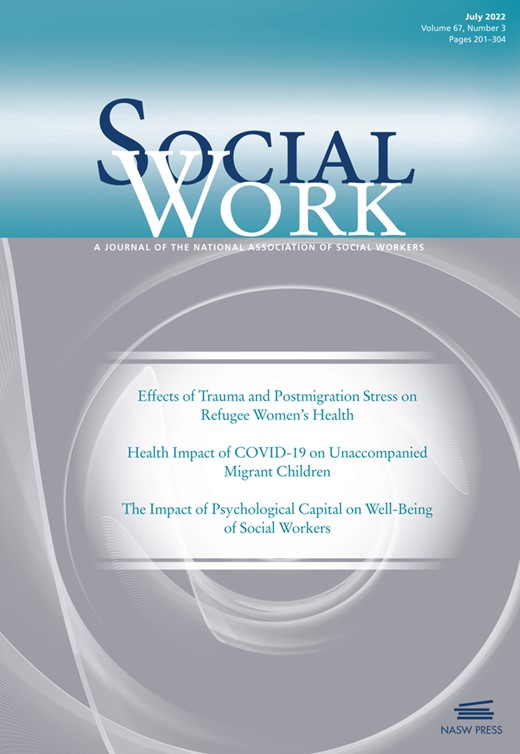-
Views
-
Cite
Cite
Matt A Moore, Paul Gorczynski, Cindy Miller Aron, Mental Health Literacy in Sport: The Role of the Social Work Profession, Social Work, Volume 67, Issue 3, July 2022, Pages 298–300, https://doi.org/10.1093/sw/swac022
Close - Share Icon Share
Extract
Jorm and colleagues (1997) define mental health literacy as “knowledge and beliefs about mental disorders, which aid their recognition, management, and prevention” (p. 182). In essence, mental health literacy has three main areas of concentration: (1) knowledge of mental health symptoms and disorders and strategies of self-care, (2) strategies to address public and self-stigma, and (3) pathways to improve help-seeking behaviors (Gorczynski et al., 2021; Jorm et al., 1997). Over the years, mental health literacy, like the concept of health literacy, has evolved. For much of the 20th century, mental health literacy was very reactive and solely focused on basic literacy skills, as individuals were taught to read and understand simple diagnostic information about various mental health symptoms and disorders and know where to go to access help (Gorczynski et al., 2021). Since then, mental health literacy has become proactive, as individuals are not only taught about basic diagnostic information, but also instructed on how to develop social and cognitive skills necessary to address the various determinants of mental health and advocate for change within their communities (Gorczynski et al., 2021).





